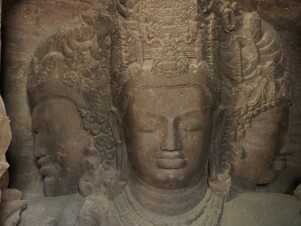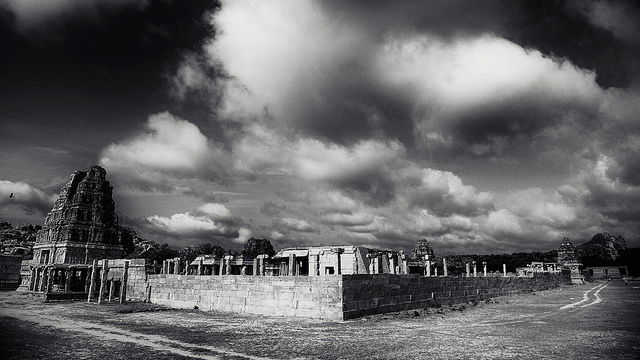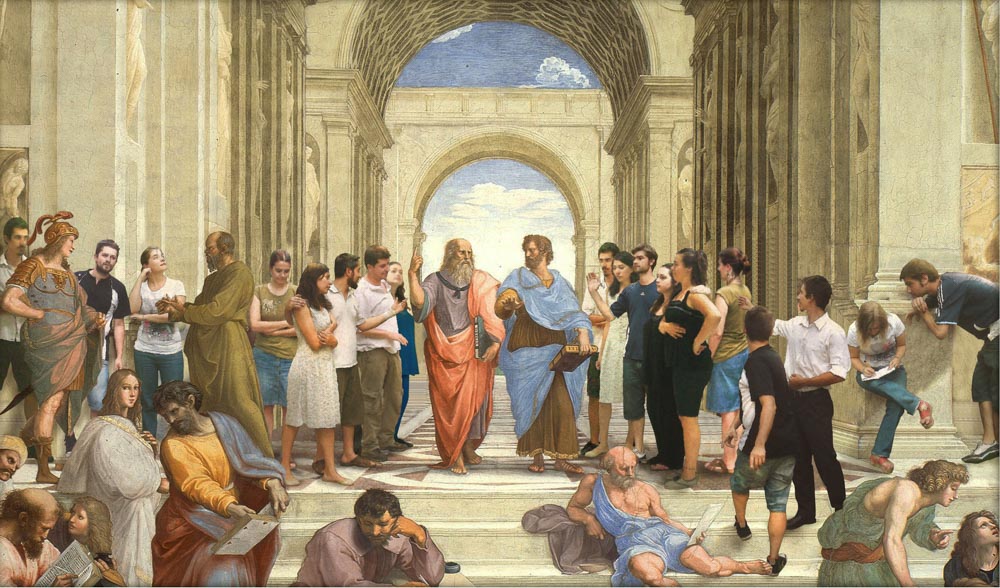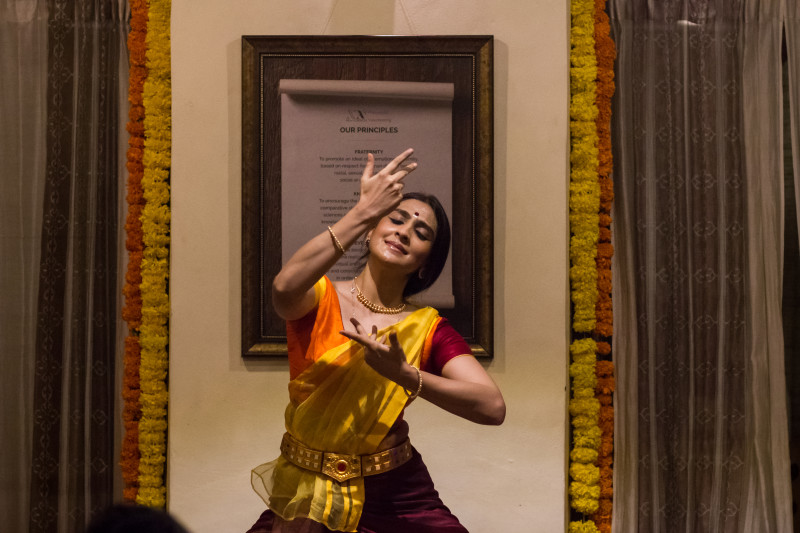City of Purification – Elephanta
Article By Harianto Mehta
 Just a few kilometers off the Mumbai Harbor, nestled on an island, amidst basalt rock mounds, lay a mysterious complex of exquisite cave temples that whisper a silent homage to the region’s spiritual past. It’s tune inaudible to the nearby metropolis teeming with ambitious commerce, and ceaseless traffic, here the temple walls echo a stark but graceful embrace, and invite the yearning explorer to re-discover a mystical tradition so vibrant in the distant past.
Just a few kilometers off the Mumbai Harbor, nestled on an island, amidst basalt rock mounds, lay a mysterious complex of exquisite cave temples that whisper a silent homage to the region’s spiritual past. It’s tune inaudible to the nearby metropolis teeming with ambitious commerce, and ceaseless traffic, here the temple walls echo a stark but graceful embrace, and invite the yearning explorer to re-discover a mystical tradition so vibrant in the distant past.
Called Gharapuri, or the ‘City of Purification’ by its pilgrims, Portuguese seamen christened the island ‘Elephanta’, a tribute to the colossal stone sculpture of an elephant that is known to have once stood magnificently welcoming visitors to its shores. I ask myself, “Could this have been another Hastinapur, City of Elephants, symbolic of a Centre of Wisdom?” Perhaps in this truth lies the intrigue of this island.
Absent this sculpture today, as I disembark the motorized ferry, I am greeted by a warm humid morning breeze, and a band of monkeys, naughtily observing the passers-by. I decide to hurriedly begin my ascent past the souvenir stalls lined along both sides of the paved walkway, and contemplate the irony of destiny: a centre of purification, of inspiration, perhaps of redemption, left to the behest of ‘divine’ brokers engaged in the ‘business’ of religion.
Soon I arrive; an understated stone entrance, marked by two pillars, guarding the secrets shrouded in darkness that lay beyond, inviting me to discover. I enter, and as my eyes adjust to the dim interior, I am filled with wonder, and ponder why a people, so expert in architectural and artistic skill would invest such effort in constructing such a feat. H.P. Blavatsky suggests that “ancient Hindus seldom built their temples otherwise than in the bosom of the earth, as though they were ashamed of their efforts, or did not dare to rival the sculpture of nature.” Who were these ancient master craftsmen; so ambitious, yet so humble? During which blessed time did they meditate amongst these walls?
Tradition credits the start of the building of this architectural marvel to the sons of King Pandu; the five sons who emerged victorious from The Great War of the Mahabharata. Over the next three centuries, it is believed that many Kings, Princes, and believers, contributed – chisel in hand, and devotion in heart. However, in the absence of inscriptions to ascertain dates, historians and archaeologists continue to disagree as to the true antiquity of these cave temples.
Blavatsky laments, “How many generations of Hindus…have knelt in the dust before the Trimurti, your threefold deity, O Elephanta? How many centuries were spent by weak man in digging out in your stone bosom this town of temples and carving your gigantic idols? Who can say?”
As if recognizing the transience of the material world, I notice that the ornate relief sculptures adorning the walls are severely damaged; yet they draw me in. A mythical world of the gods, comes to life; the playground of Shiva, as some call it. Amidst the delicate play of light and shadow, here dances the glorious Natraja, swaying to the cosmic rhythm of the Tandava, full of vitality and movement. There, in graceful meditation, atop a full bloomed lotus, is Yogisvara in reflective penance. The gurgling divine waters of the Ganges are forever frozen in reverence, the earth cradled under the celestial compassion of Gangadhara. And yet fiercely he attains victory over the demon Andhaka. As if helping the seeker to synthesize these many aspects, serene and motionless in the centre-most chamber, is found the celebrated Trimurti.
Surrounded by the many facets of Shiva, I feel naturally lured by the singular enigmatic form of this three-faced deity. Its enormous size, coupled with the attention to detail of ornamentation and iconography, accents the sublime sentiments evoked by each of the three faces. I am reminded of the essential unity of life that lay beyond the plurality of form. Within me is Vamadeva (facing West), the nurturing creator of joy and beauty, a promise of the vitality of life. Within me calls Bhairava (facing East), whose anger can burn all life. And also within me, serenely sattvic resides the central Tatpurush (facing North), defender of harmony. These three aspects of myself, of life, of the divine, resonate and awaken contemplation, as though an oil lamp were brought to a mirror. So often I allow myself to go astray in tamas, heated in passion or crippled in lethargy. Often I find myself drowned in rajas, undisciplined and inefficient action, lacking of purpose or direction. But how rarely I’m able to act with sat, in harmony, allowing expression of my own true inner identity, master of my personality.
Neither good nor bad, these three gunas, like the Trimurti, are natural aspects of life, each playing an essential role in the evolution of all life. But with me lies the exercise of will, the freedom to choose which guna to express, determining the right time and the right measure! Perhaps here lies the glory of Man; this freedom to choose – with intention and meaning. Perhaps here lies the human path of transformation and purpose.
In a magical voyage, over land and sea, transcending the boundaries of time and language, these ancient sculptors were both artists and philosophers. But they were also teachers, so compassionate that their legacy continues to inspire, teach, and reflect fundamental truths about life, relevant even today. But it requires us, not just to look, but to see, because as taught by ancient Masters, “Only when the disciple is ready, does the Master appear.”
Bibliography
Blavatsky, H.P. From the Caves and Jungles of Hindostan. London: Theosophical Publishing Society, 1892.
Getting There
Elephanta is an hour long ferry ride across the Mumbai harbour, starting at the Gateway of India. Several ferries leave every hour, and purchasing tickets in advance is rarely necessary. Tickets can be bought at the MTDC office located just outside the Gateway compound. The toy train (Rs10) on Elephanta is not recommended. Instead use the short walk to stretch your legs, before your ascend up towards the caves.
Accommodation
Elephanta is a day-long excursion. No overnight accommodation is available on the island. But there are several small canteens and shops that serve food and beverages.
Money
No ATMs available. There is an entrance fee to the caves (Indian Nationals: Rs10, Foreigners: Rs250).
Sight Seeing
Try to depart from Mumbai early morning, to avoid the afternoon sun. Official audio guides, called AudioCompass, from the Ministry of Tourism are available to download on smartphones, and will allow you to explore at your own pace. Do this while still in Mumbai.
Essentials
Sunscreen, hats, water bottles, walking shoes. Beware the monkeys!
Image Credits: Photograph, Yaron Barzilay
The entity posting this article assumes the responsibility that images used in this article have the requisite permissionsImage References
Photography, Yaron Barzilay
Read the original article on http://acropolis.org.in/mumbai/magazine/the_acropolitan_jan_mar_2015.pdf
Permissions required for the publishing of this article have been obtained
Article References
First publish in THE ACROPOLITAN Magazine




Why did the English call Mumbi Bombay